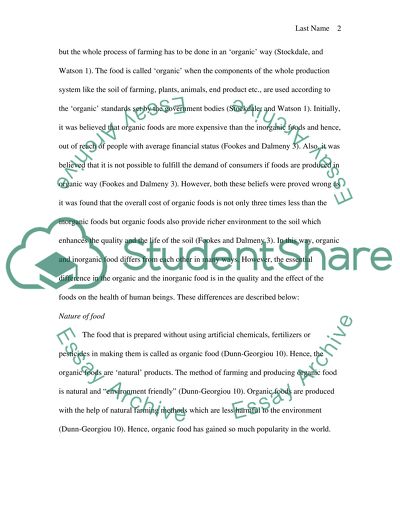Cite this document
(“Contrasting of Organic and Inorganic Food Research Paper”, n.d.)
Contrasting of Organic and Inorganic Food Research Paper. Retrieved from https://studentshare.org/health-sciences-medicine/1410915-compare-and-contrast-essay-organic-and-inorganic
Contrasting of Organic and Inorganic Food Research Paper. Retrieved from https://studentshare.org/health-sciences-medicine/1410915-compare-and-contrast-essay-organic-and-inorganic
(Contrasting of Organic and Inorganic Food Research Paper)
Contrasting of Organic and Inorganic Food Research Paper. https://studentshare.org/health-sciences-medicine/1410915-compare-and-contrast-essay-organic-and-inorganic.
Contrasting of Organic and Inorganic Food Research Paper. https://studentshare.org/health-sciences-medicine/1410915-compare-and-contrast-essay-organic-and-inorganic.
“Contrasting of Organic and Inorganic Food Research Paper”, n.d. https://studentshare.org/health-sciences-medicine/1410915-compare-and-contrast-essay-organic-and-inorganic.


